Rare Rides: The International Harvester Scout, Not a Jeep (Part II)

Yesterday’s edition of Rare Rides covered the first-generation International Harvester Scout. Born in 1960 at the very beginning of the recreational sport utility vehicle class, a decade later it was time for the always difficult second album: Scout II.
By the end of the Sixties, the Scout faced much more competition than the Jeep CJ: Ford introduced the Bronco in 1965, and Chevrolet brought along the K5 Blazer in 1969. The 11-year-old original Scout IH wrapped up its 800B series in March 1971, and in April the aptly named Scout II went into production.
International knew another Scout was needed some years before, and the no-nonsense Scout II styling was finalized and shown to management at the end of 1967. Not a huge departure from the original Scout, II was identified by its new three-bar horizontal grille design (in place of the Scout’s mesh) and more pronounced square trim bezels surrounding the headlamps. Those statements apply only to 1971 and 1972, as International almost immediately began fiddling with bezels, grilles, and badges to keep the product looking as fresh as possible.
Scout II was built at the same Fort Wayne, Indiana factory as the first Scout, and much like its elder sibling was available with various roof solutions. Most SUV-like was the Travel-Top, the full metal “wagon” roof treatment. But there was also a Cab-Top (the pickup truck version), and Panel-Top, a Travel-Top sans side windows. The least popular version for obvious reasons was the Roadster, which had no roof.
Engines in the Scout II were upsized a bit over the elder Scout and started with the old 196 cubic inch inline-four from International. Up-level options included 232 and 259 cubic inch inline-six engines from AMC, 304 and 345 International V8s, and two inline-six diesels from Nissan: A 198 cubic inch SD33 engine, with or without turbocharging. The turbodiesel Nissan was the rarest engine option of them all and was only used in 1979 and 1980.
Later in the II’s run, International introduced the Terra and Traveler versions that used fiberglass roofs. The Terra was a Cab-Top, and the Traveler had a full Travel-Top with that most modern of SUV ideas, a rear liftgate. These two models were additionally notable as they sported an 18-inch wheelbase extension, added right in the middle.
Among the other special trims and editions on the Scout II (even Midas got in on it), two companies – CVI of Fort Wayne and Goodtimes Inc. of Arlington – created several special appearance trims in 1979 and 1980. These special editions were the last of the Scout II, as International suffered major financial and competitive setbacks throughout the Seventies and were forced to shut down their light-duty truck line entirely in 1980.
All CVI/Goodtimes trucks wore special stickers and trim, had coolers in the center console, and wore various tailgates, fender flares, and special paint colors. CVI produced 14 different Scout II special editions, and among them was the oddly named Midnitestar. A brown and gold-themed special edition (sometimes blue and gold), Midnitestar wore gold trim, stickers, and wheels on a basic dark brown body. It had a unique six-bar tailgate design and sported big louvers along rear side windows. Inside, the trim was suitably gold-themed. It was all very 1979.
Today’s Rare Ride is one such Midnitestar, powered by the 345 IH V8. It has an automatic transmission and four-wheel drive, and has been previously restored and sold on BaT in 2018, then sold again in 2019. Now it’s for sale in New York for $41,995.
[Images: International Harvester, Midas]

Interested in lots of cars and their various historical contexts. Started writing articles for TTAC in late 2016, when my first posts were QOTDs. From there I started a few new series like Rare Rides, Buy/Drive/Burn, Abandoned History, and most recently Rare Rides Icons. Operating from a home base in Cincinnati, Ohio, a relative auto journalist dead zone. Many of my articles are prompted by something I'll see on social media that sparks my interest and causes me to research. Finding articles and information from the early days of the internet and beyond that covers the little details lost to time: trim packages, color and wheel choices, interior fabrics. Beyond those, I'm fascinated by automotive industry experiments, both failures and successes. Lately I've taken an interest in AI, and generating "what if" type images for car models long dead. Reincarnating a modern Toyota Paseo, Lincoln Mark IX, or Isuzu Trooper through a text prompt is fun. Fun to post them on Twitter too, and watch people overreact. To that end, the social media I use most is Twitter, @CoreyLewis86. I also contribute pieces for Forbes Wheels and Forbes Home.
More by Corey Lewis
Latest Car Reviews
Read moreLatest Product Reviews
Read moreRecent Comments
- SPPPP I am actually a pretty big Alfa fan ... and that is why I hate this car.
- SCE to AUX They're spending billions on this venture, so I hope so.Investing during a lull in the EV market seems like a smart move - "buy low, sell high" and all that.Key for Honda will be achieving high efficiency in its EVs, something not everybody can do.
- ChristianWimmer It might be overpriced for most, but probably not for the affluent city-dwellers who these are targeted at - we have tons of them in Munich where I live so I “get it”. I just think these look so terribly cheap and weird from a design POV.
- NotMyCircusNotMyMonkeys so many people here fellating musks fat sack, or hodling the baggies for TSLA. which are you?
- Kwik_Shift_Pro4X Canadians are able to win?

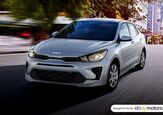


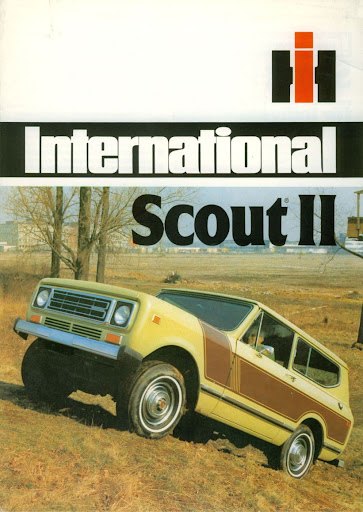
















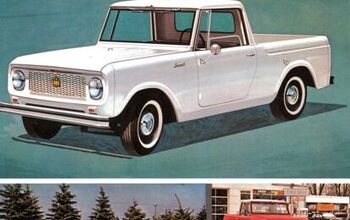
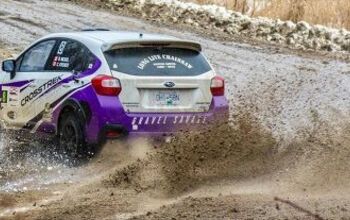
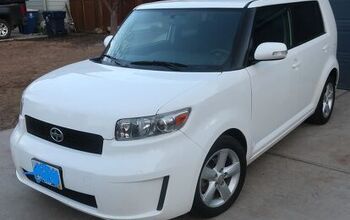
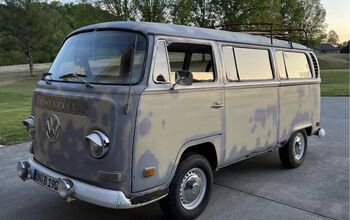
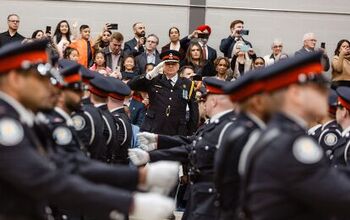
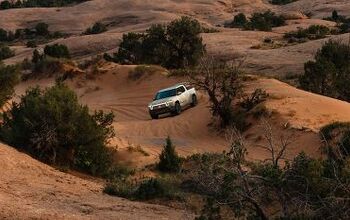
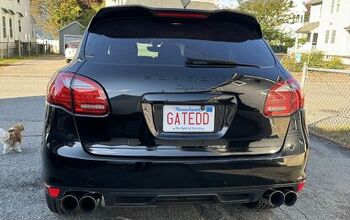
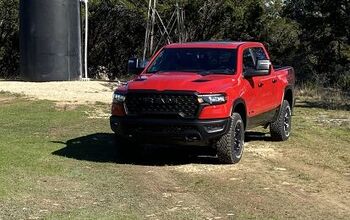
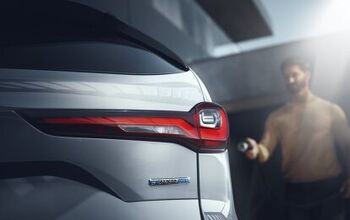
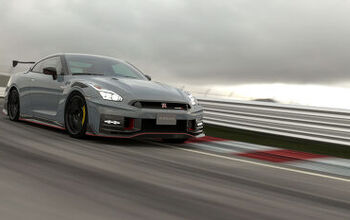

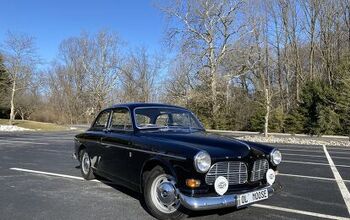
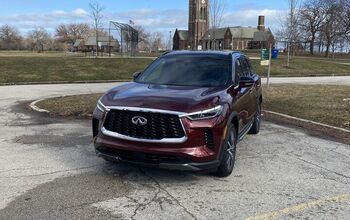
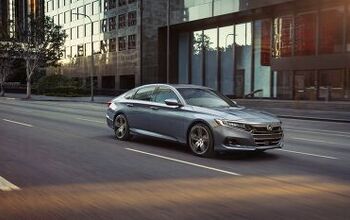
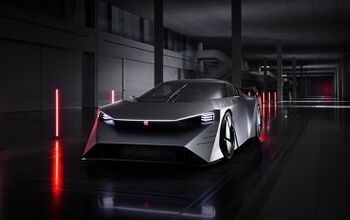
Comments
Join the conversation
Frequent labor strikes and the constant bitter war between line workers and management ensured horrible build quality. Non existent R and D budget. This ensured a body that leaked water and dust like it was not even there. Tin worm appeared before the 24mo. financing was even paid off. A mix-match of OE main driveline and body components that changed model year mid-stream. This made locating parts and wrenching interesting. Bake and shake gutless half a V-8, and the very thirsty and overbuilt 345s. I could go on. Peak Malaise! Before the 78' the choice was Blazer or Ramcharger. 78' on... Bronco was the choice. Sorry, it was a failure.
Pet Peeve of mine. I would never buy any vehicle that was “finished in” any color. Finishes are for wood - which is sometime re-finished. Automobiles get painted. “This 1979 International Harvester Scout II is a Midnitestar Edition which is finished in Dark Brown Metallic…” This vehicle is PAINTED Dark Brown Metallic. Or better yet, it’s a Dark Brown Metallic 1979 International Harvester Scout II. Why be so pretentious about it?